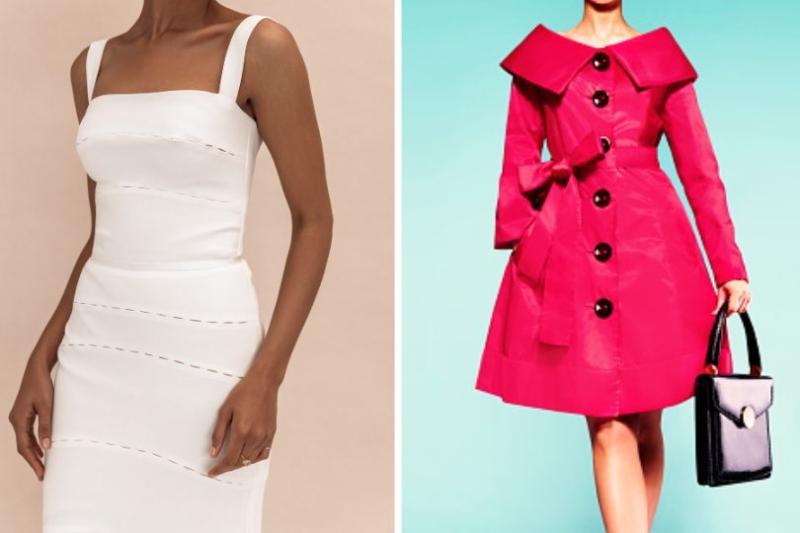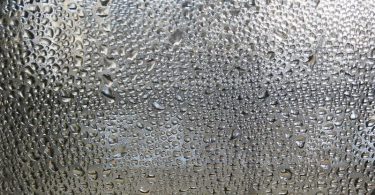Sundresses and vintage gowns have many differences. Sundresses are light and breathable for spring and summer days. They’re loose and colourful. Sundresses can be casual or formal. So let’s take a look at their differences.
What is a Sundress?
A sundress is a dress usually made from cotton or linen, which is light and airy. They often don’t have sleeves or spaghetti straps and may have bright or bold patterns, floral prints, or solid colours. As their name suggests, Sundresses are meant to be worn on sunny days, especially in the spring and summer. Sundresses are usually made to be easy to wear and comfortable. They have a loose or flowing fit that lets air circulate and lets you move. They might be simple and have few decorations, ruffles, lace, or embroidery. Sundresses can be worn as casual outdoor wear for picnics or trips to the beach, or they can be dressed up with accessories for more formal events like weddings or garden parties. Overall, sundresses are a popular and versatile style of dress that can be worn for various occasions, from everyday wear to special events.
What is a Vintage Gown
A vintage gown is an elegant dress style from a bygone era. Flapper dresses from the 1920s, full-skirted and fitted-waist gowns from the 1950s, and free-flowing and bohemian styles from the 1970s are all examples of vintage gowns that can be found today. They typically have elaborate embellishments like lace, beading, or embroidery and are crafted from expensive materials like silk, satin, or velvet. Elegant and refined vintage dresses are easily recognizable by their fitted bodices, full skirts, and, in some cases, long sleeves. A plunging neckline, bare shoulders, or a long train can distinguish them. Dresses from the past were created specifically for formal events like weddings, proms, and other milestones in life. Vintage gowns are highly desirable today because of their status as both a one-of-a-kind and enduring piece of formal wear. They can be inherited or passed down through the generations or found in vintage shops or on the internet. It is common practice to restore or alter vintage dresses so that they are comfortable for the wearer to wear while retaining the original design and quality of the garment.
Difference Between a Sundress and a Vintage Gown
The style, material, and occasion of sundresses and vintage gowns differ. Sundresses and vintage gowns have these main differences:
Style
Sundresses are casual, lightweight summer dresses. They are usually sleeveless, loose, and have bright patterns. Vintage gowns are more formal and elaborate. They may have long sleeves, a fitted bodice, a full skirt, lace, embroidery, or beading.
Material
Vintage gowns are made of silk, satin, or velvet, while sundresses are made of cotton or linen. Vintage gowns are worn for weddings, proms, and formal dinners. Sundresses are worn for picnics, beach trips, and backyard barbecues. They’re not formal wear.
Era
Vintage gowns are often associated with a specific fashion era, like the 1920s, 1950s, or 1970s. They may have flapper-style fringe, cinched waists, full skirts, or high necklines.
In summary, the main differences between sundresses and vintage gowns are their intended use, style, and material. Sundresses are casual and lightweight, suitable for warm weather and outdoor activities. Vintage gowns are formal and luxurious, ideal for special occasions and typically made from high-quality materials.






